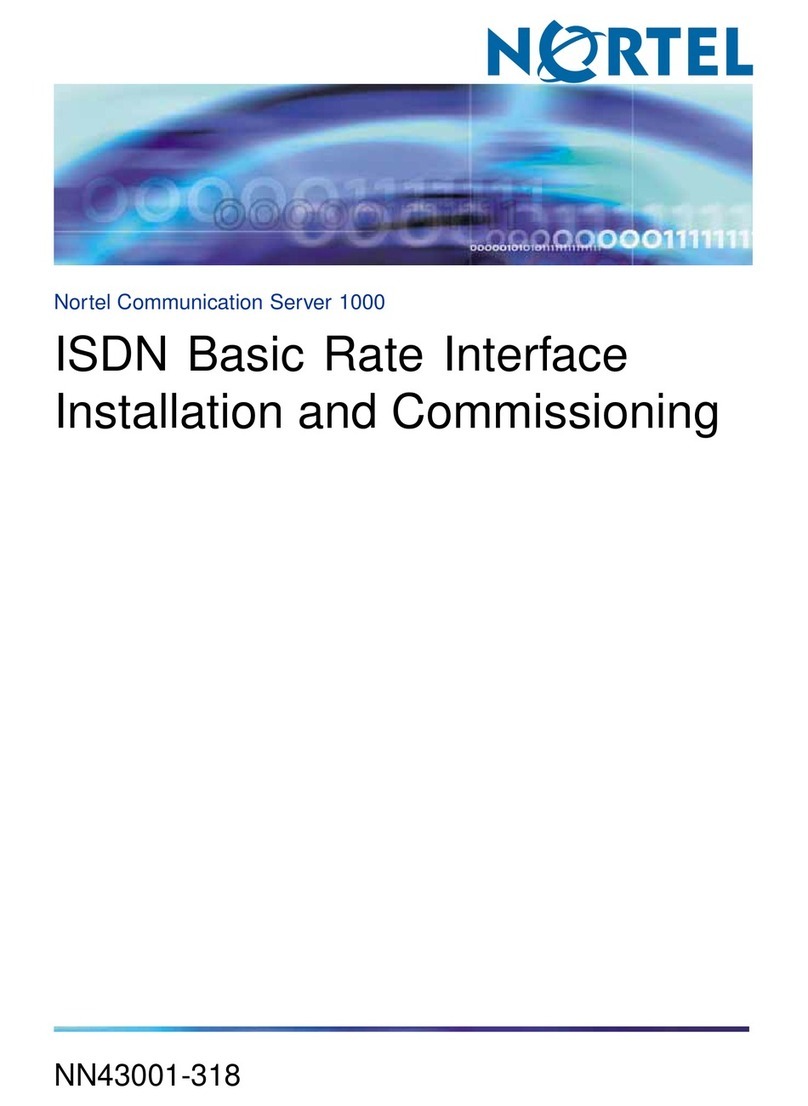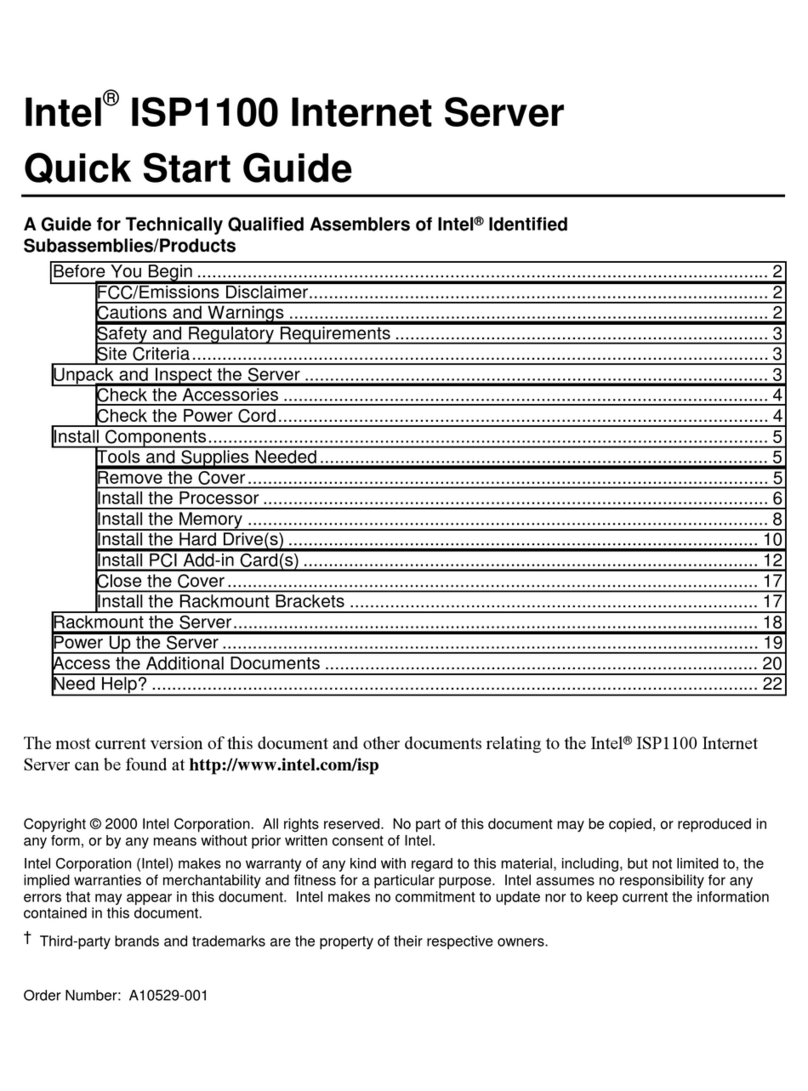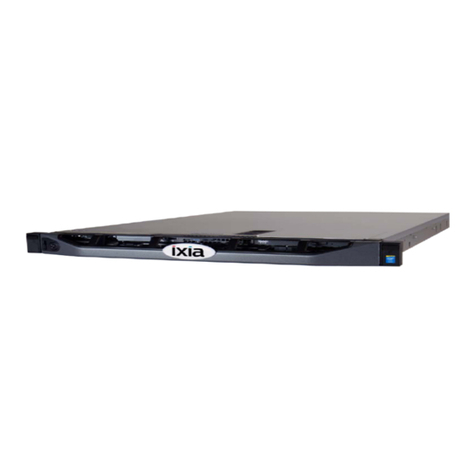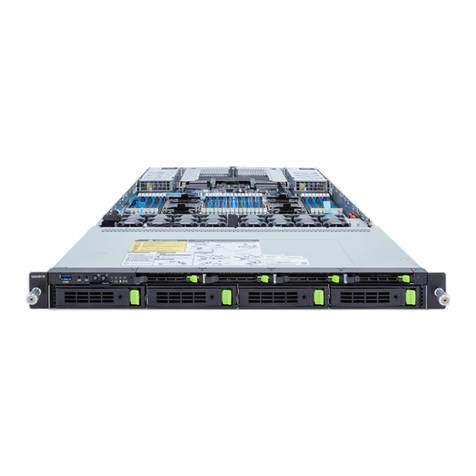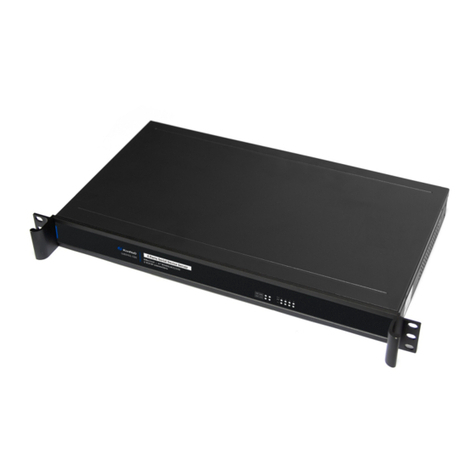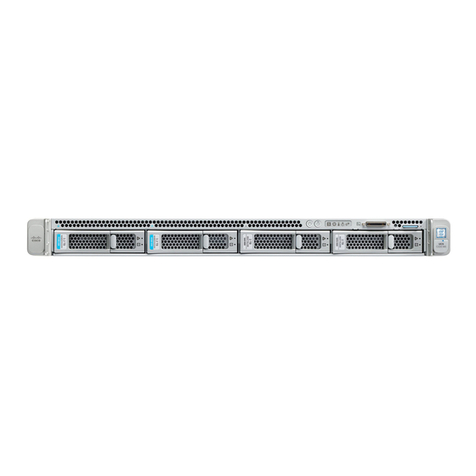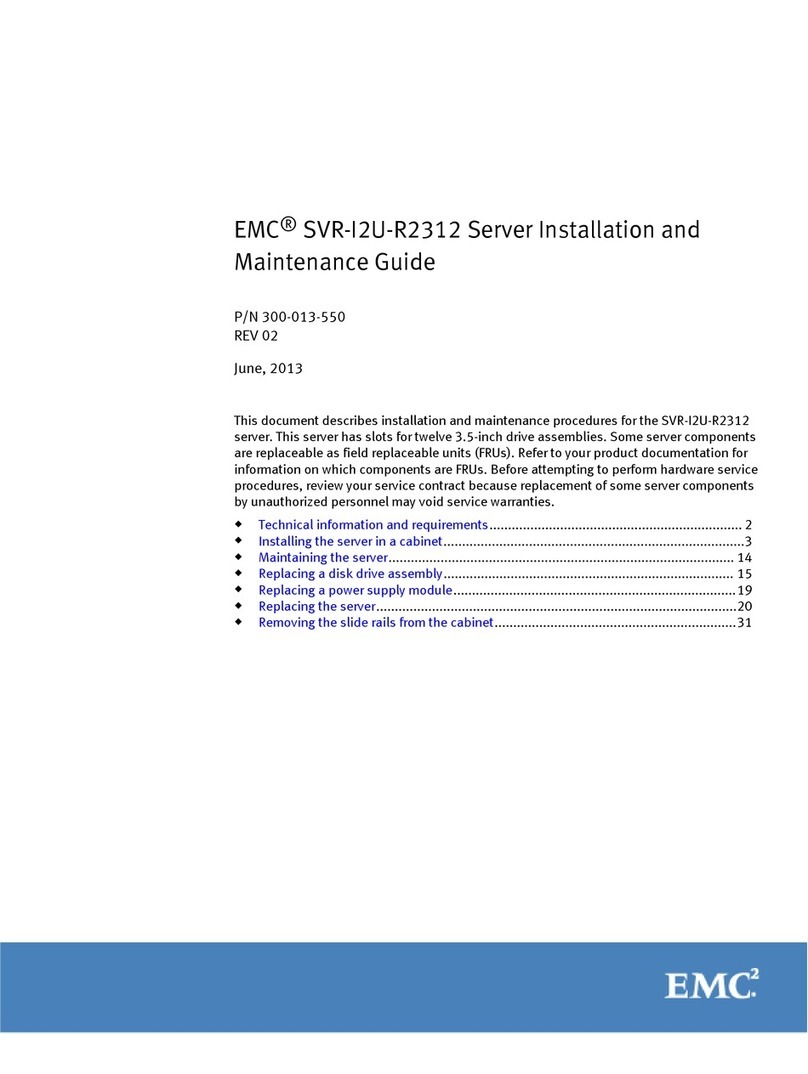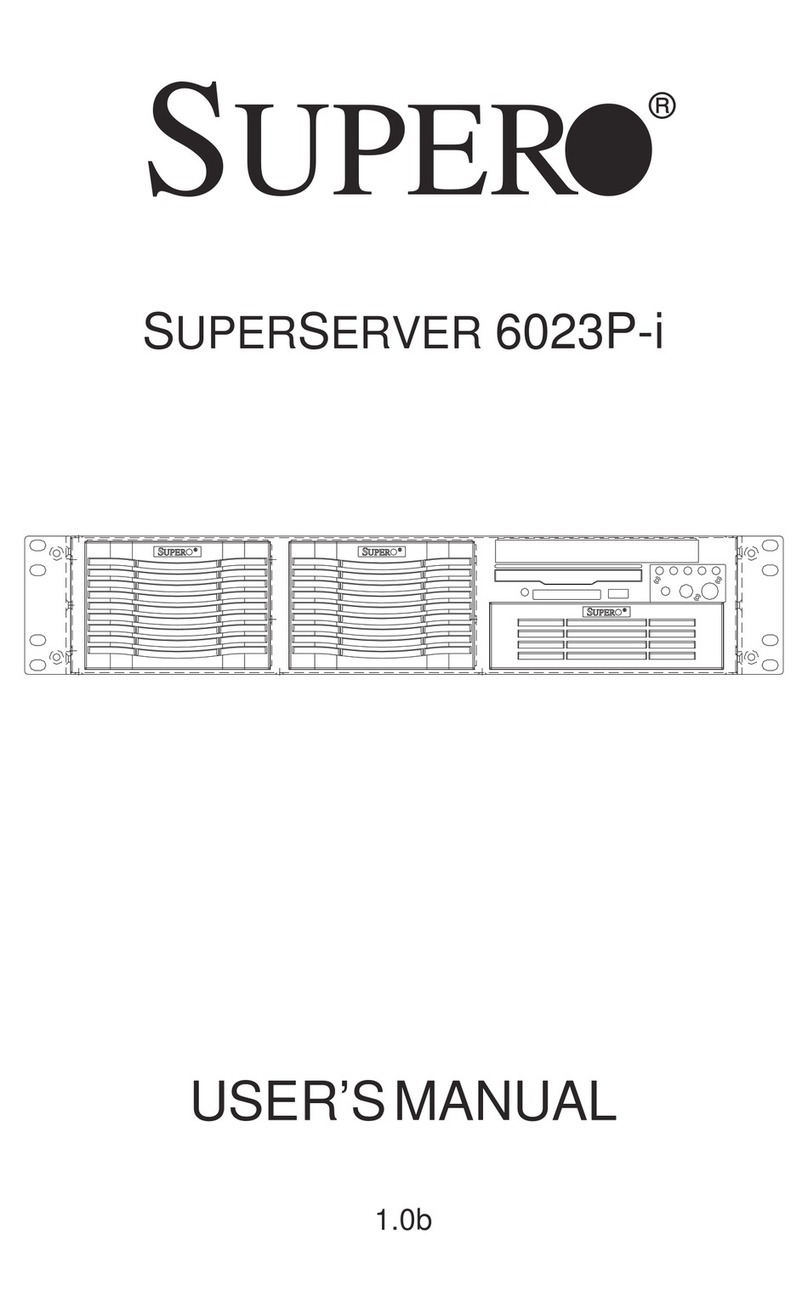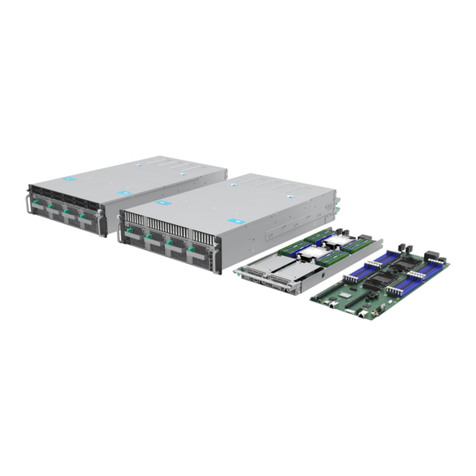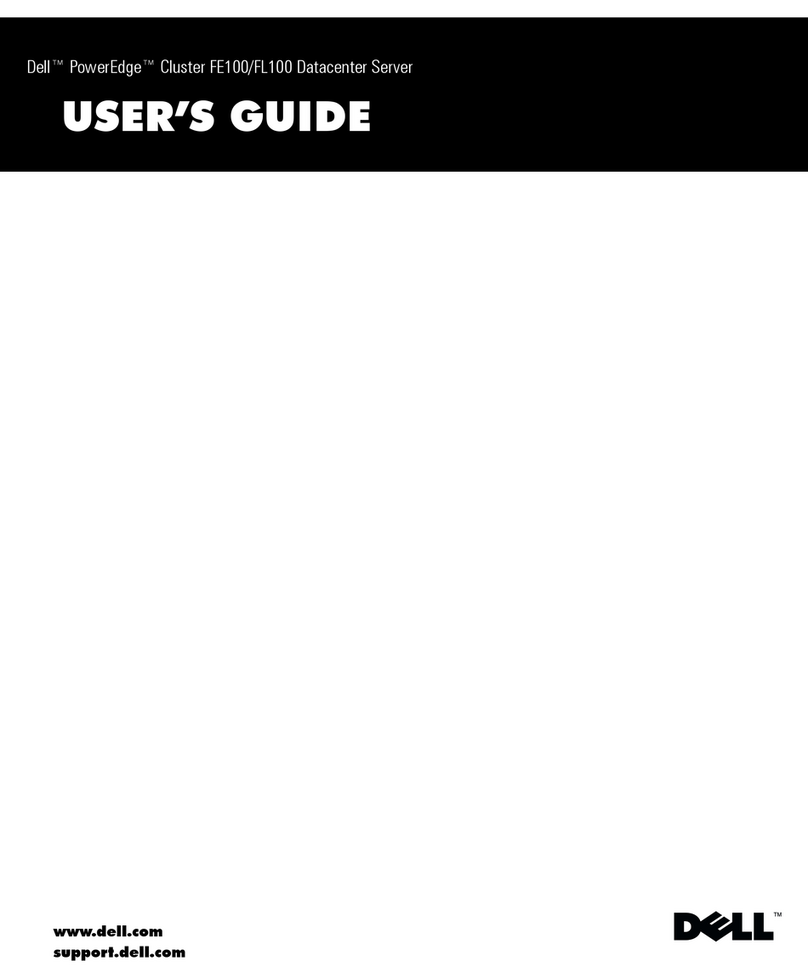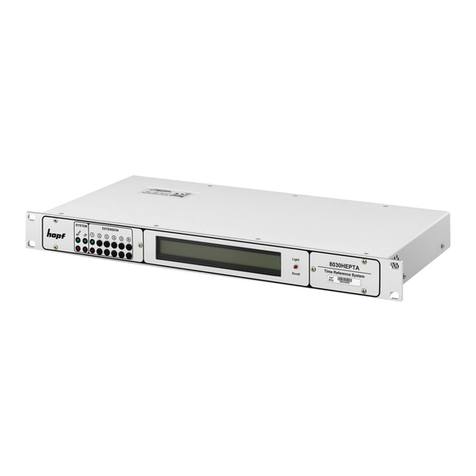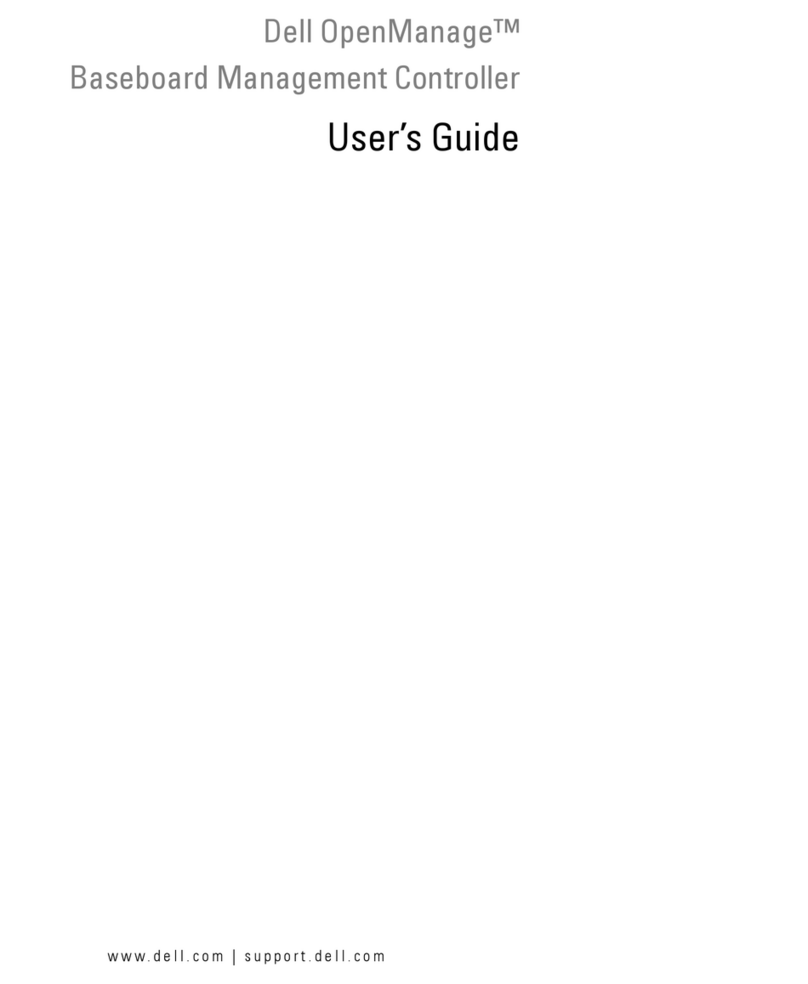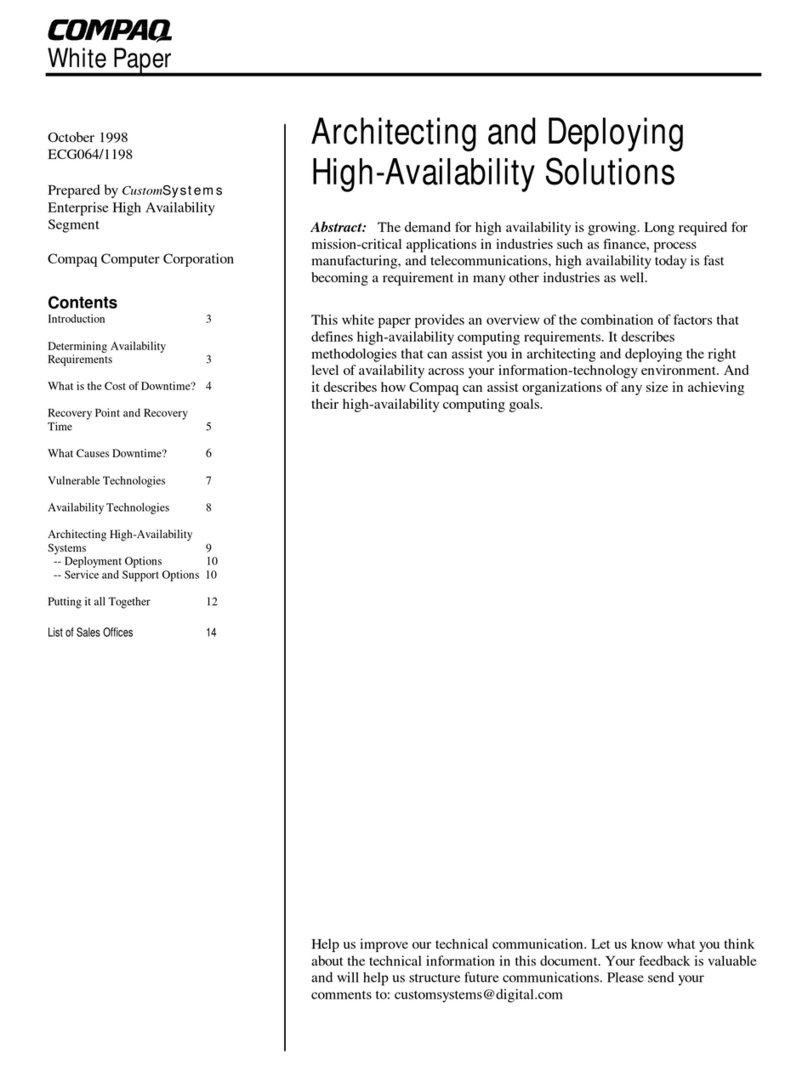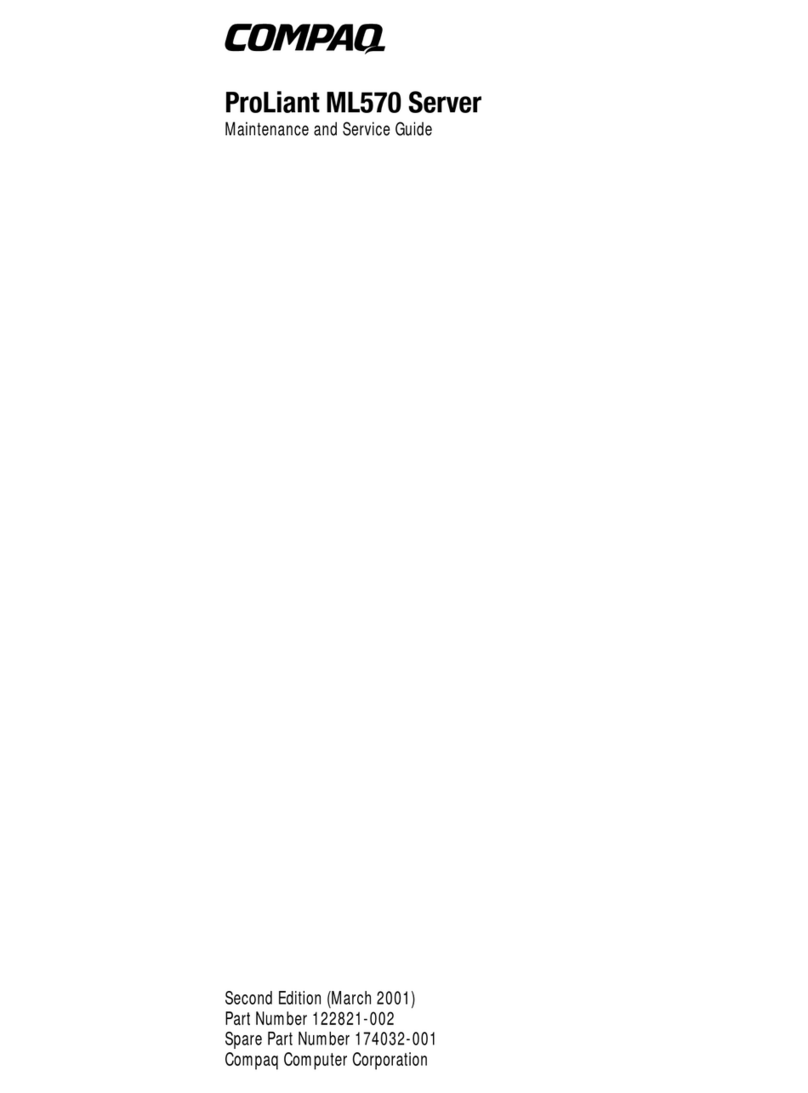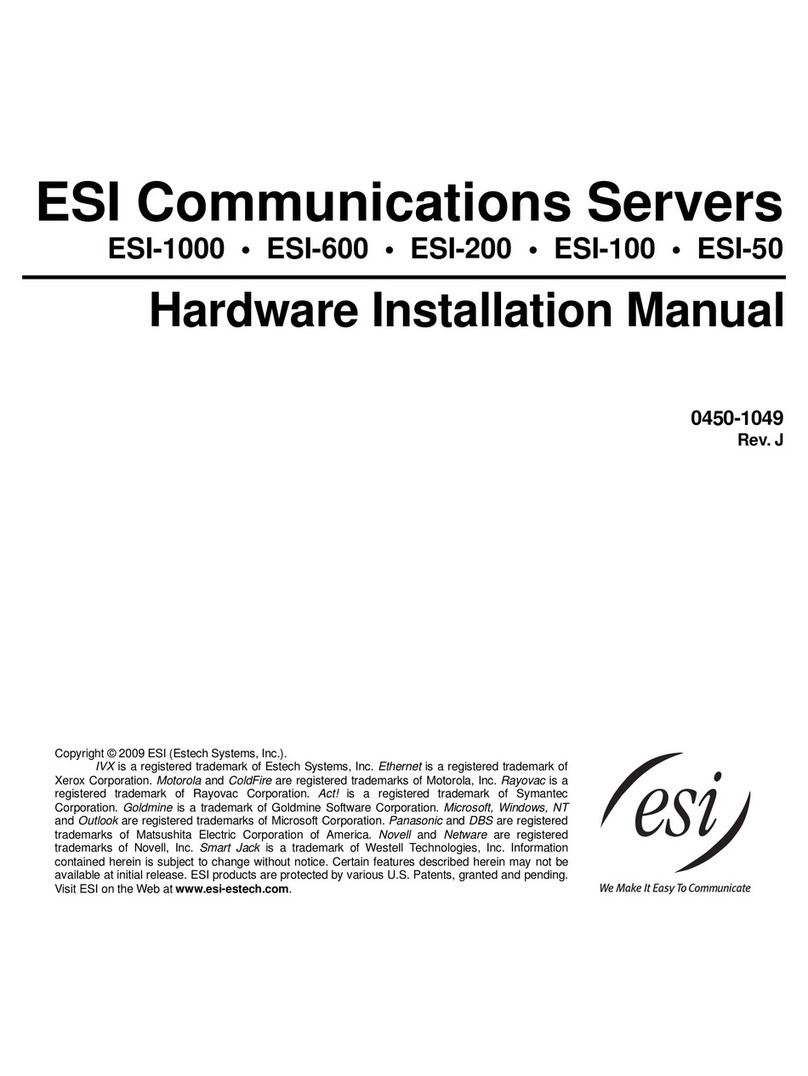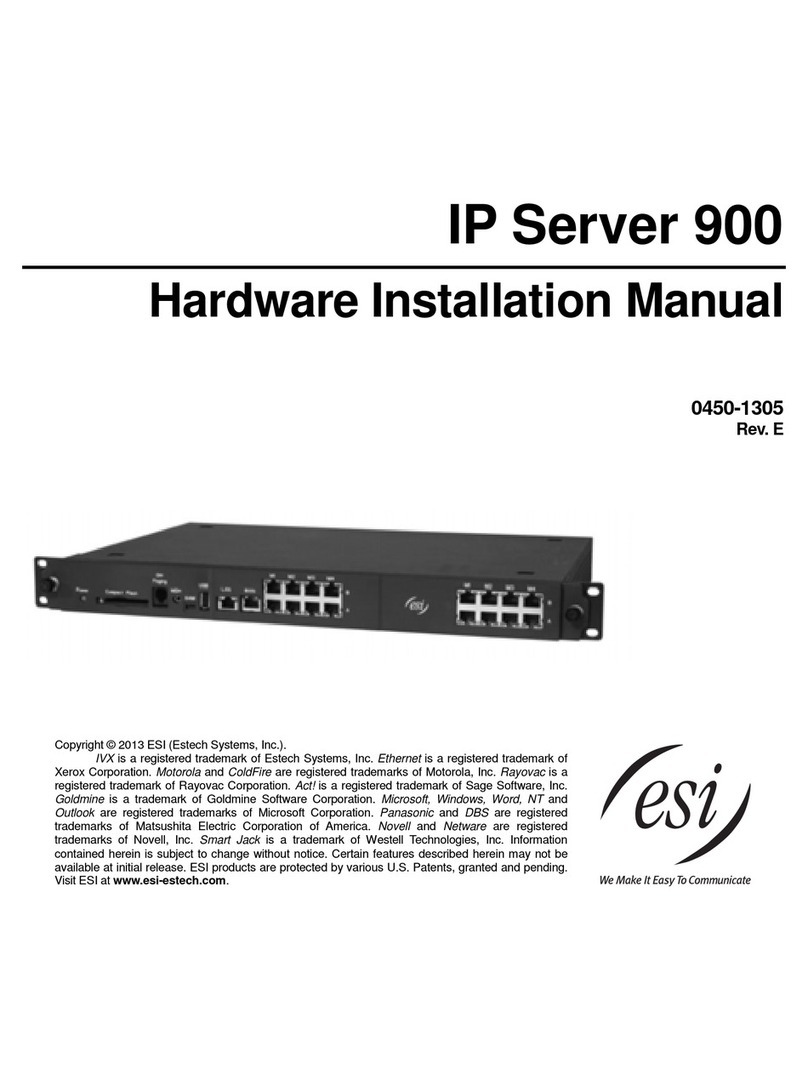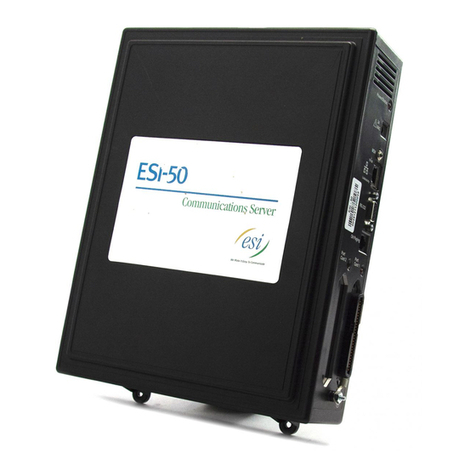
ESI Communications Servers Administrator’s Manual Administrator programming: An introduction
A.1
Administrator programming: An introduction
You can program an ESI Communications Server (ESI-1000, ESI-600, ESI-200, ESI-100, or ESI-50) locally or
remotely from a 48-Key or 24-Key Feature Phone while the system is operating. You also can program using
ESI System Administrator, a Windows-based software application your ESI Reseller can provide.
Read the User’s Guide first. The programming of features requires a clear understanding ofuser interface
and application.
Administrator’s duties
The System Administrator can perform the following tasks:
• Administering station assignments
• Managing station feature authorization
• Maintaining the employee directory (if it’s used)
• Re-recording system prompts
• Administering manual change of day/night mode
(if required)
User assistance
Each ESI Communications Server’s Verbal User Guide includes allof the information printed in theUser’s
Guide (except for special features). Additionally, the ESI system users’ Web site, www.esiusers.com,
includes all the information in the User’s Guide, and more.
Note: Except where noted, the remainder of this “General description” chapter describes only features, rather than
any system capacities. For system-specific capacity specifications — e.g., CO lines, ports, message
storage, etc. — see “System capacities” (page B.1).
Telephone system features
• Impressive expansion capability — Each system accepts one or more Expansion Cabinets to maximize its
potential call-handling.
• T1 and PRI support — Can connect to higher-bandwidth lines, which more and more offices use.1
• ESI Feature Phones — Compact and stylish, yet rugged, each ESI Feature Phone includes a high-quality
speakerphone, large and informative multi-functional display and a specially designed key layout with several
dedicated keys to minimize or eliminate the need to memorize codes. ESI’s 48-Key Feature Phone comes in
two versions, digital and IP. Each 48-Key Feature Phone model includes an integrated headset jack and is
available with backlitdisplay. Other ESI phone models include the 24-Key Feature Phone (available with
backlit display), 12-Key Feature Phone, and Cordless Handsets.2
Note: The 12-Key Feature Phone has the same stylish, rugged ESI Feature Phone design and offers the most
basic phone functions. It is intended for use in areas such as lobbies, cashier stations, warehouses and
employee lunchrooms, where only minimal phone system features are needed.
• Extensive help — ESI’s Verbal User Guide™uses spoken and displayedhelpprompts to help everyone from the
Installer through the Administrator down to the least experienced end user. Easily accessible with one press
of either the HELP key on the 48-Key Feature Phone or the PROG/HELP combo key on the 24-Key Feature
Phone. One can also visit www.esiusers.com for comprehensive help.
• Enhanced Caller ID — Allows one-touch automatic message return.3An ESI Communications Server
passes Caller ID data to both digital and analog ports.
• Live call recording — Can record any conversation or personal memo, with moving or copying of any
recording to another user’s voice mailbox (see “Voice mail features,”below).
• Call waiting — Includes helpful display, showing both calls’ Caller ID information, and easy one-key toggling
between calls.
1The ESI-50 supports only PRI (not T1).
2See also the ESI Communications Servers Hardware Installation Manual(ESI document #0450-1049).
3This and all other references to Caller ID service within this manual assume the end-user organization subscribes to Caller ID service from its
telephone service provider.




















